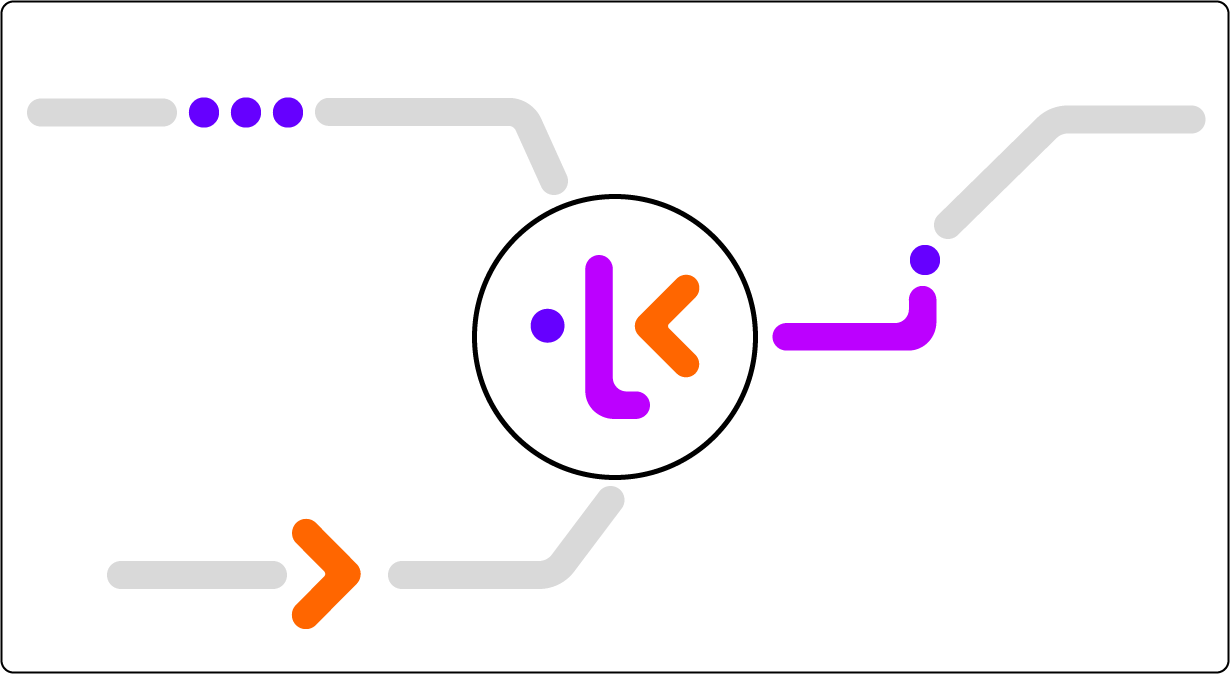
Sales
Benefits of trustkey AccessControl
Protection against internal security threats
Reduce security risks by constantly checking user access authorisations for specific areas, data or functions.
Improved compliance
Comply with regulatory and internal requirements for secure access and data security.
Functions of trustkey AccessControl
Role-based access
Reduce access rights to specific areas according to the user’s role in accordance with the company’s security guidelines.
Access controls for process experiences and workspaces
Structured framework to manage roles and permissions. This ensures that users have appropriate access levels to process-related content and collaborative workspaces, facilitating secure and efficient teamwork.
Access controls for data intelligence and synchronization
Precise permission settings, enabling users to interact with data and share data via APIs and reports in accordance with their roles and responsibilities.
Continuous verification
Identify threats immediately through continuous analysis of user identities, accesses, and behaviors in real-time.
Toolkits
Download Center
Papers, guides and infographics
Playbook
Documentation and tutorials
PEO-Blog
Basics, instructions, Technical PEO and use cases
Process Glossary
Terms and methods
Get trustkey AccessControl
trustkey AccessControl is available with the trustkey platform. Create processes and workflows that connect people, functions and systems in one platform.

Protect critical information: Need-to-know principle explained
The need-to-know principle is a fundamental concept in IT security management that aims to strictly regulate access rights to information and data. According to this principle, individuals or systems are only granted access to the information that is absolutely necessary to fulfil their specific tasks. This minimises the risk of unauthorised access and potential security breaches.
Application of the need-to-know principle with access control
| Action | Description |
| Permissions | Access rights are assigned based on a user’s role or specific tasks. For example, an employee in the finance department would have access to financial data, but not to personnel files unless it is necessary for their job. |
| Minimum rights | Users only receive the minimum authorisations they need to carry out their jobs. |